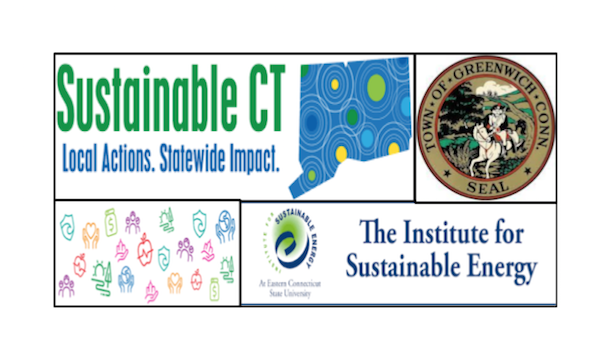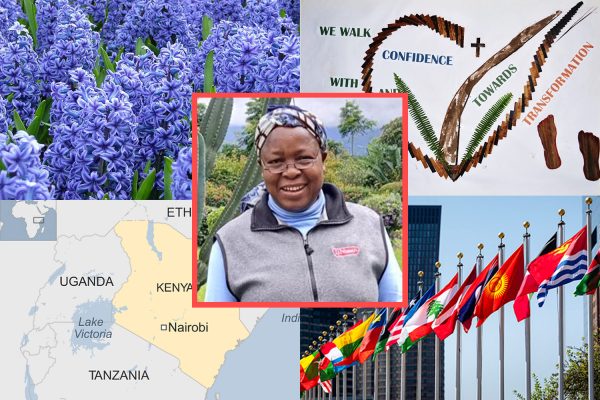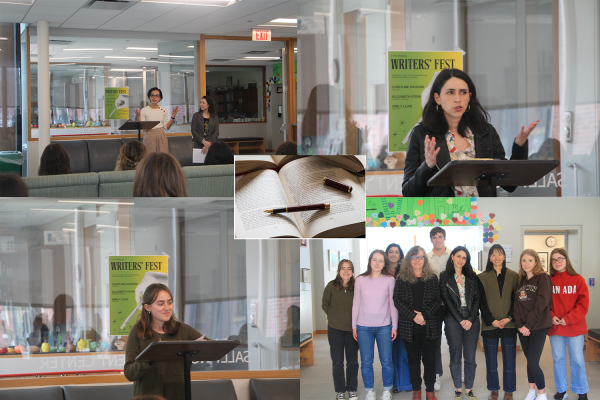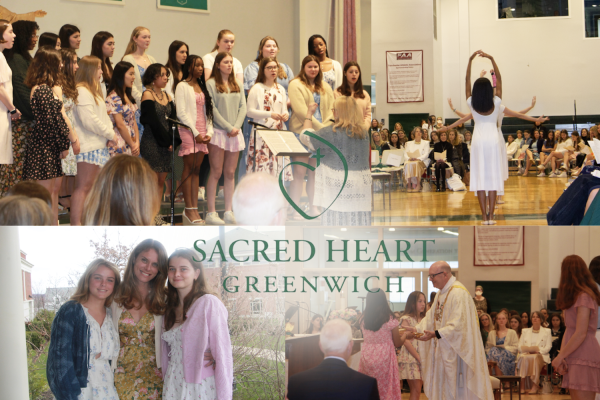The Sustainable CT Initiative comes to Greenwich
The Greenwich Board of Selectmen enforced the Sustainable Connecticut Initiative (Sustainable CT) Thursday, December 14, 2017. This new initiative by Connecticut towns supports and recognizes positive environmental actions.
Sustainable CT is a voluntary certification program that recognizes cities and towns across Connecticut that are vibrant, healthy, and resilient places to live for all residents, according to sustainablect.org. It equally encourages towns to strive towards improvement and, through this, a more environmentally-friendly Connecticut.
The Institute for Sustainable Energy at Eastern Connecticut State University developed the initiative in association with the Connecticut Conference of Municipalities. Three Connecticut foundations including the Emily Hall Tremaine Foundation, the Hampshire Foundation, and the Common Sense Fund, funded the initiative. During 2017, the Advisory Committee began to develop a long-term design for the initiative and its administration. Currently, the Advisory Committee is further developing and guiding the initiative.

At the launch of the Sustainable CT Initiative, members of the Advisory Committee expressed their enthusiasm for the growth of more environmentally-cautious towns and cities in Connecticut.
“Sustainable CT is a gateway to creating more thriving, resilient, collaborative, and forward-looking communities,” Chairman Mr. Ted Shafer said, according to easternct.edu. “I am honored to be working with [Connecticut town members] to create this positive vision and framework for our towns and our state.”
Currently, the communities participating in Sustainable CT include Greenwich, Brookfield, and Ridgefield in Fairfield County; Durham, Middletown, and Portland in Middlesex County; Hamden, Madison, Milford, Woodbridge, and North Haven in New Haven County; Killingly in Windham County; Torrington, Roxbury, Barkhamsted, and Cornwall in Litchfield County; New London and Old Lyme in New London County; Hartford and Burlington in Hartford County; and Mansfield in Tolland County; according to sustainablect.org.
Members of the Connecticut Conference Municipalities began to build their vision for Sustainable CT in early 2016. The municipal officials represent working groups among Connecticut’s 169 cities and towns and set the requirements for certificate recognition, according to sustainablect.org. In November 2018, conference members will present the first Silver and Bronze certificates of recognition to participating cities and towns.
In order to receive a Silver or Bronze Certification, a Connecticut city or town must complete at least one action in each of the nine categories that are necessary for creating a more sustainable environment. The town representative must register for an application, and then the conference members judge the town based on the environmental action or actions the town has taken and its fulfillment of those actions, according to sustainablect.org. For a Bronze Certification, the city or town needs at least 200 points and to earn a Silver Certification, it needs at least 400 points.
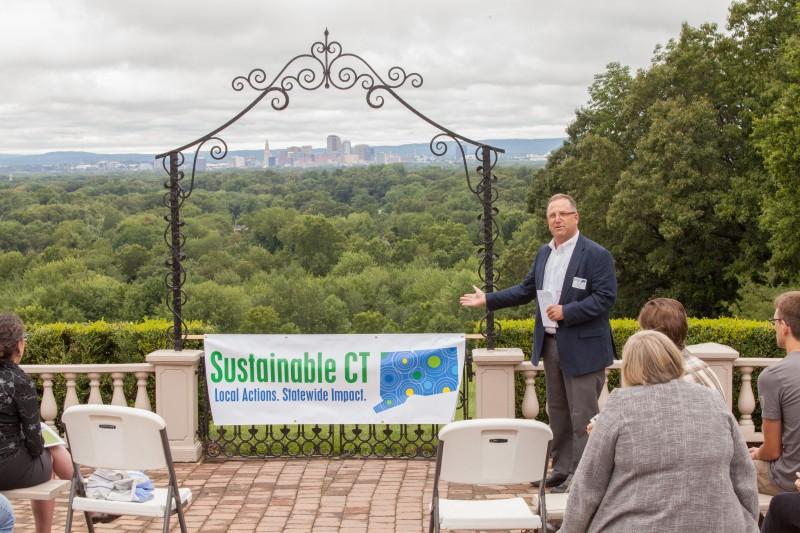
According to sustainablect.org, the nine Sustainable CT categories are:
- Clean and diverse transportation systems and choices
- Efficient physical infrastructure and operations
- Strategic and inclusive public services
- Dynamic and resilient planning
- Well-stewarded land and natural resources
- Thriving local economies
- Healthy housing options
- Vibrant and creative cultural ecosystems
- Inclusive and equitable community impacts
Each action that the town or city completes has a positive environmental impact on the community. Some benefits include reduced amounts of greenhouse gases, improved health and wellness for residents, cost efficiency, improved economic well-being, climate resilience, and community building. The town or city earns more points for carrying out more environmentally-friendly actions, and the points earned go towards earning certificate recognition.
In accordance with the Sustainable CT guidelines, Greenwich has taken action to improve the environment. The town’s advancements include increasing water conservation, reducing energy use and increasing renewable energy use, implementing “complete streets,” streets that meet the needs of walkers and bikers in addition to cars, improving their recycling programs, assessing their climate vulnerability and sea level rise, supporting local and family-owned businesses, and providing efficient and diverse housing options.
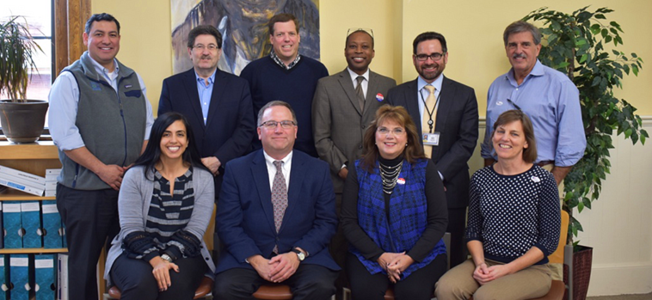
The goal of the initiative is to build community and support the local economy. The initiative promotes the health and well-being of all current and future residents of Connecticut towns and respects the limited capability of the natural environment.
Executive Director of the Advisory Committee and environmentalist Ms. Christina Smith discussed Sustainable CT and its benefits.
“Sustainable CT provides support to help all of our communities achieve the shared values of improved well-being, economic vitality, and environmental stewardship,” Ms. Smith said.
To further promote environmental sustainability, Sacred Heart Greenwich’s Environmental Action Club joined the movement. Juniors and Club Heads Sophie Skinner, Mary Anne Gallagher, and Sara Micciulli are proud to be a part of a town community that identifies as environmentally-friendly.
“Our club’s mission is to inform other members of our community about the environment and how to protect it. We aim to instill that, as a community, we must take action and protect our world and its beauty,” the Club Heads said in a joint statement.
Members of the club are developing and testing alternative and natural plant fertilizers made from food waste products, using Single-Stream Recycling, and participating in water testing throughout the region to identify any areas of concern to protect Greenwich and other Connecticut communities. The club members also have informational sessions about the value of the Earth and the impact that society has on the Earth.
“The goal overall is to have students feel that they can make a difference in the world in which they live,” the Club Heads said. “Every action helps, and if everyone played a role, the world would see significant changes perhaps even in our lifetime.”
Featured Image by Caroline Baranello ’20

Caroline is very excited to be the King Street Chronicle’s first-ever Content Editor for Articles and Digital media. She will also continue the segment...

